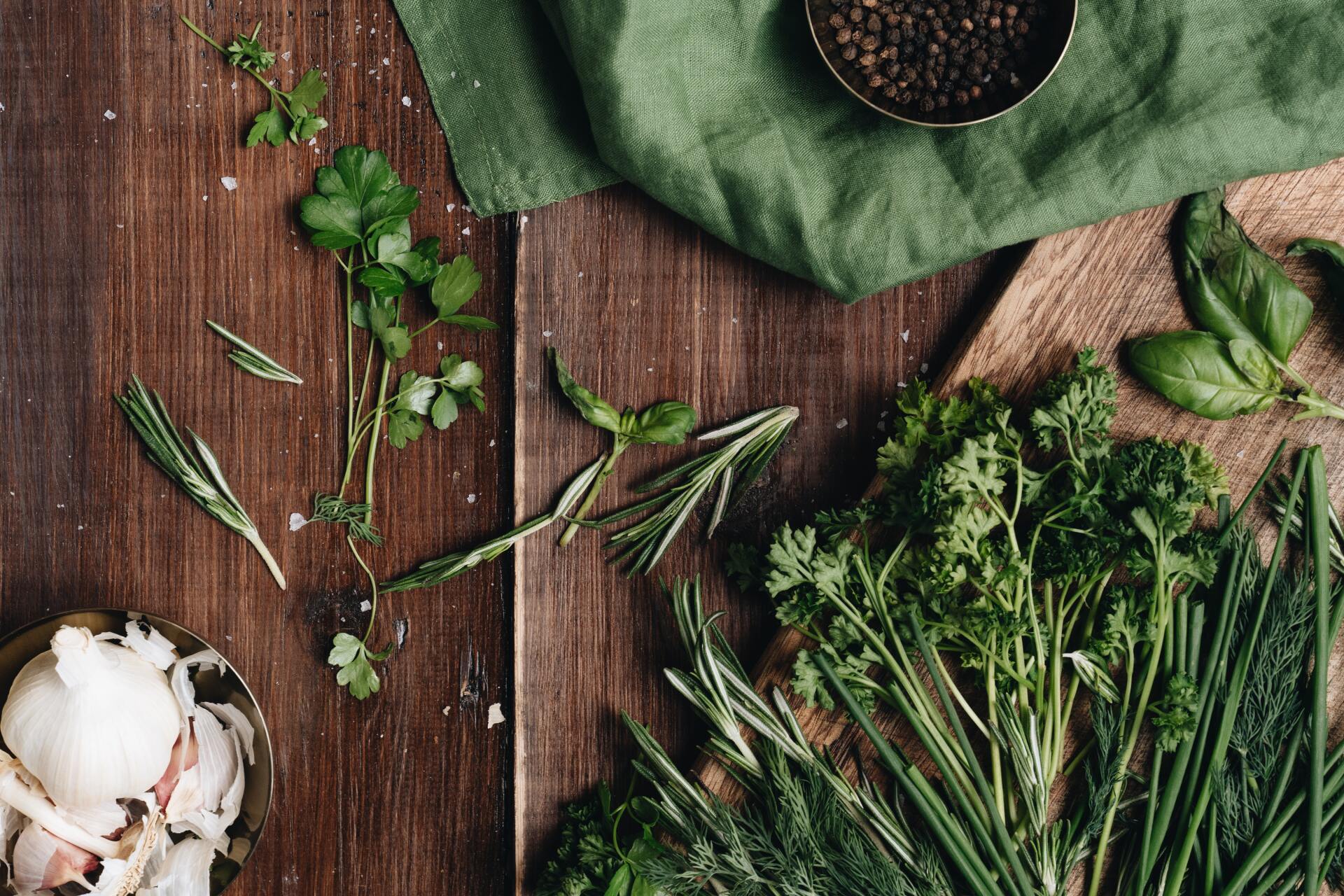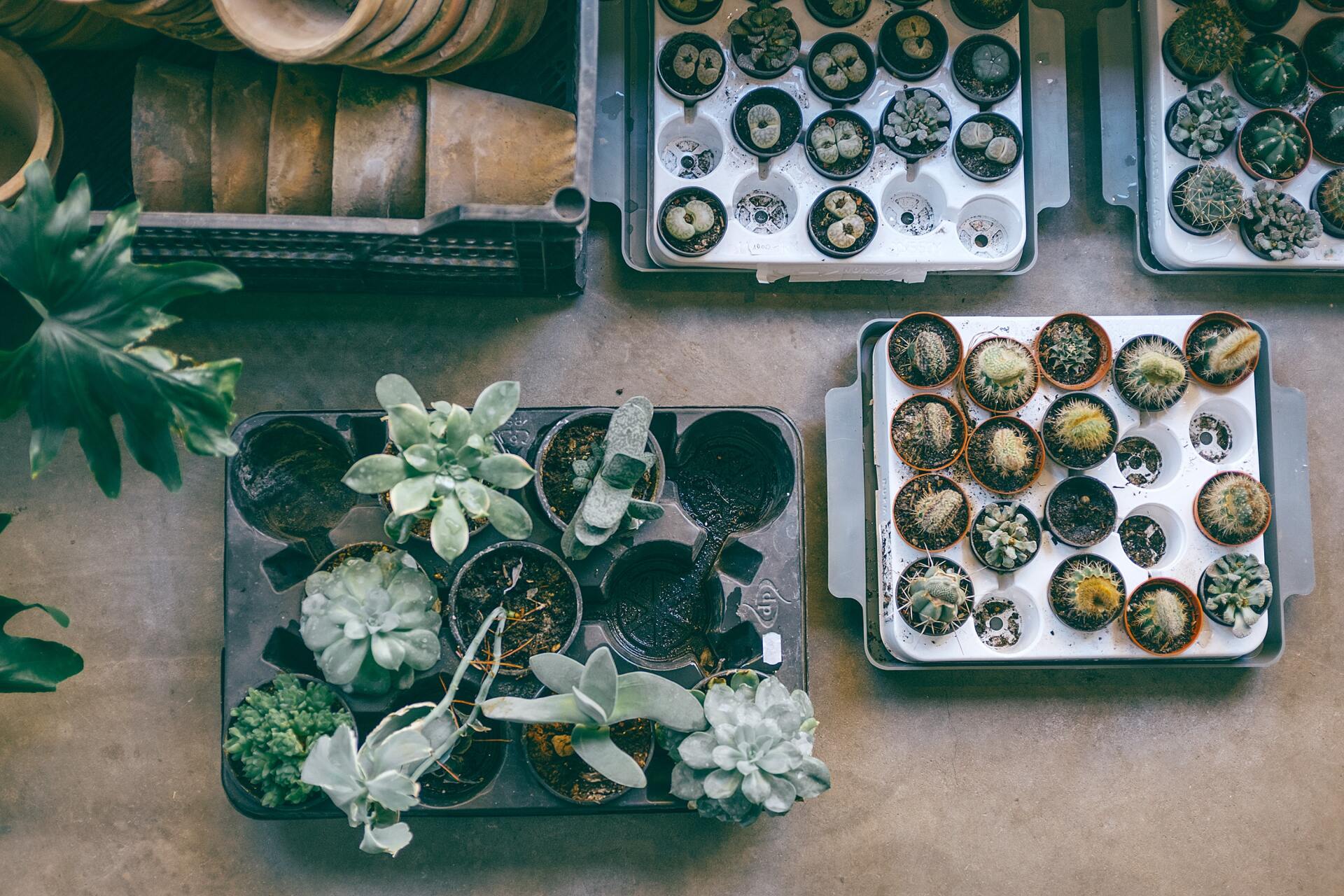Leaf Mould
Leaf Mould
Autumn… Probably the best season of the year, when hot drinks and cosy jumpers are a part of an amazing evening next to a fire place watching your favourite tv series and enjoying the best food in the world, while thinking about one thing, one more month and… CHRISTMAS IS COMING!
But there is something much more fascinating about autumn. Its absolute astonishing power to release levels of dopamine. How?… LEAVES! The sound of crunchy leaves every single time you go outside. When leaves sit on the ground after having fallen, we know that they are not fresh. They have grown throughout the year and have died. But when we find a crunchy leaf the sound is familiar to us and our brain recognises the sound to be satisfying.
The sound, the smell and the colours, mix together into a psychological state of mind that releases sufficient dopamine to instal the idea that autumn is…
“Our Month!”
From a gardener standpoint, leaves represent Leaf Mould. What is that? A compost or layer composed chiefly of decayed leaves, or simply the best soil you are going to find.
You know what’s the best part about it? It’s
FREE!
It’s a gift from mother nature for you for absolute no money. Leaf mould is one of the best ways to mulch a soil. Mulching protects bare soil during winter rains. And during summer months it will smother weeds and keep the soil moist. You can also use leaf mould as part of your homemade potting mix for seedlings.
So how do you do that?
- Pick up all the fallen leaves. You can use all of them. From leaves that just have fallen and are still “fresh” to leaves that “died” a long time ago and already have black spots.
2. Throw them into a container - bin bag - wireframe.
3. Leave them for a year or two. You will have the best dark brown mix to support your soil structure.
You can pick any type of leaves you want, although some of the leaves can take up to 3 years to root down: Holly, Laurel or Conifers. The best quality leaf mould is produced from leaves of oak, beech or hornbeam.
What type of container?
From plastic to a frame of chicken wire, held up by posts or even building a wooden bin, you can use anything for your Leaf Mould.
How to use Leaf Mould?
Young Leaf Mould (1 or 2 years old):
- Winter cover for bare soil. It will protect against winter rains which can wash out the soil nutrients. It also provides excellent food for worms and other micro soil life.
- A summer mulch around shrubs, herbaceous, trees, vegetables to suppress weeds and keep the soil moist.
- Dig in as soil improver for sowing and planting, especially if your soil is heavy, it will help with drainage
- Autumn top dressing for lawns. This will keep the soil micro life under the grass well fed. They in turn will help create a healthy well-drained soil for the grass roots to thrive.
Well-rotted Leaf Mould ( more than 2 years old): This is a dark material, with no real trace of original leaves visible.
- A seed sowing mix - either well-seived leaf mould on its own, or mixed with equal parts sharp sand. This makes the perfect low nutrient, fine-structured medium to help seed germination.
- A homemade potting compost - mix equal parts well-rotted leaf mould, sharp sand, loam (soil) and garden compost to give your potted plants a healthy well-structured mix to grow in.










